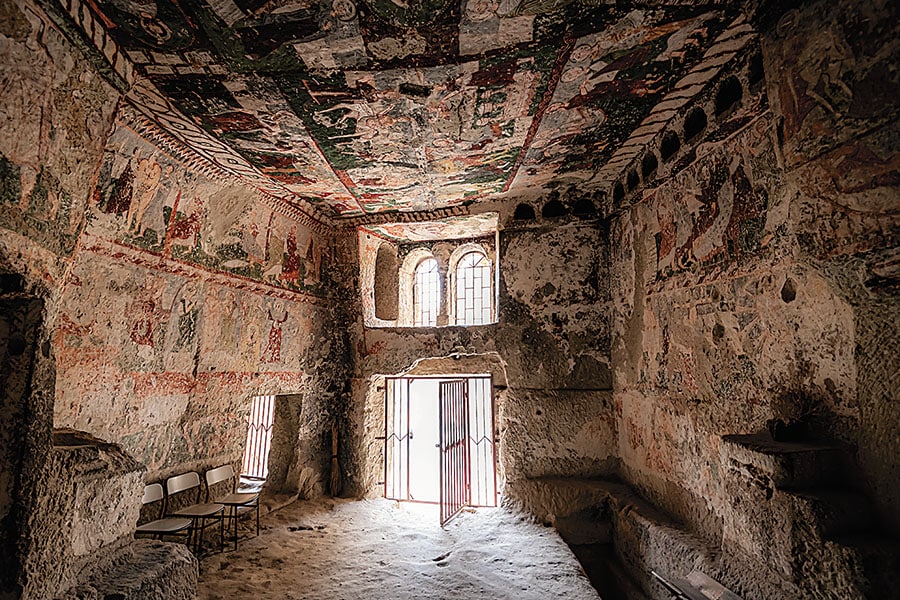
Travel: Unearthing underground cities in Turkey
The hidden Turkish cities of Kaymakli and Derinkuyu present a glimpse of subterranean life that has lasted for millennia
 Derinkuyu, one of the largest excavated underground cities in Turkey, has eight levels
Derinkuyu, one of the largest excavated underground cities in Turkey, has eight levelsImage: Shutterstock
Underground spaces make for exhilarating journeys, with the thrill of descending into the womb of the earth while experiencing a fascinating new subculture. What’s not to love? From the Great Stalactite inside Ireland’s Doolin Cave, and the Western Walls Tunnel in Jerusalem to the 13th century Wieliczka Salt Mine in Poland featuring an entire chapel made of salt, I’ve had my fair share of adrenaline-spiking subterranean sojourns.
However, never had I experienced an entire underground city. Cappadocia, one of Turkey’s most intriguing cities, has a moonlike landscape, honeycombed with ridged valleys, volcanic cones called ‘fairy chimneys’ and craggy hills awash in hues of ochre and vermillion. Countless hidden chapels are carved into the rocks, embellished with hand-painted frescoes. Twisty tunnels, monasteries and settlements sprawl over thousands of kilometres.
Covering much of Central Anatolia, Cappadocia was strategically located on the original Silk Route, playing host to people from ancient civilisations like the Hattis, the Hittites, Phrygians, Persians, Romans, Byzantines, Seljuks and Ottomans. To protect their citizens against marauding invaders and religious persecutors, the rulers of the city built a network of cave-cities, interconnected by hundreds of tunnels.
The provenance of the twin cities of Kaymakli and Derinkuyu—both are on the Unesco World Heritage List since 1985—is interesting. The underground cities kept expanding organically over centuries, as armies marched overhead in search of captives and plunder. News of villages being invaded would spread like wildfire, sending the residents of these cities scurrying through the tunnels only to surface in another town far away. Though never intended for permanent dwelling, or even long stays, these cave dwellings could withstand attacks and provide support to large numbers of people and their domestic animals for extended periods of time.
“Over 400 settlements were built within layers of sandstone in Cappadocia over an estimated 80,000 sq km of the Central Anatolian caldera,” says local guide Nizam Adsiz. “Overall, Cappadocia hosts 36 underground cities, including Tatlarin, Ozkonak, Mazi and Ozluce. Of these Kaymakli [the widest] and Derinkuyu [the deepest] are the most famous.”
*****
(This story appears in the 30 November, -0001 issue of Forbes India. To visit our Archives, click here.)



 The 10th-century Pancarlik Church, housed inside a group of rock cones, in Cappadocia
The 10th-century Pancarlik Church, housed inside a group of rock cones, in Cappadocia Derinkuyu is connected to Kaymakli by an 8-km tunnel
Derinkuyu is connected to Kaymakli by an 8-km tunnel The underground city of Kaymakli has eight floors but only four are open to visitors
The underground city of Kaymakli has eight floors but only four are open to visitors



